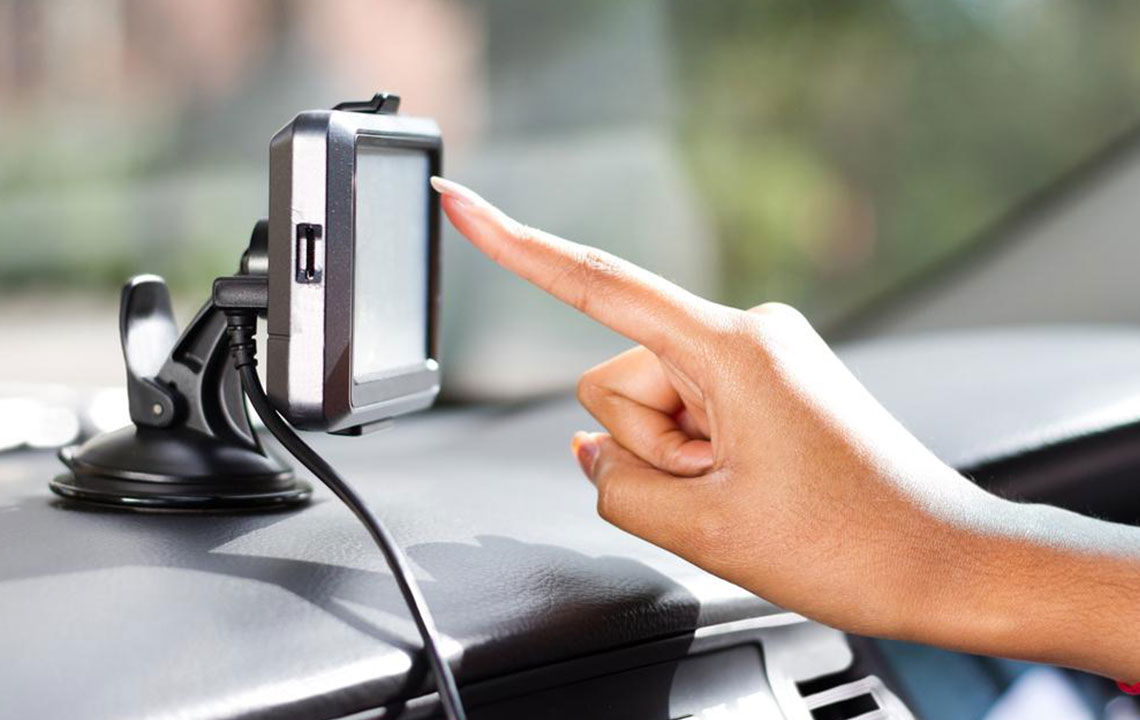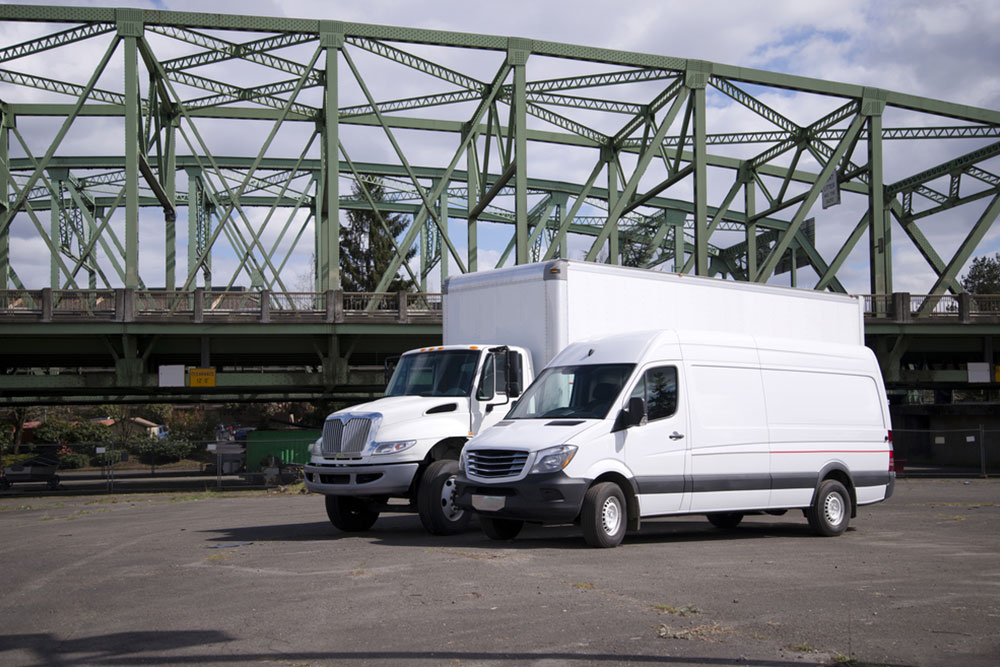Ultimate Guide to Uber: History, Services, and How to Become a Driver
Discover the comprehensive history and diverse services of Uber, from its founding in 2008 to global expansion. Learn about Uber's different offerings like Uber Taxi, UberPool, UberEats, UberFreight, and UberHealth. Find out the step-by-step process to become an Uber driver, including eligibility, vehicle standards, background checks, and registration requirements. This detailed guide helps aspiring drivers understand how to join Uber's vast network, contributing to its continued success in transforming urban mobility across the world.

In-Depth Overview of Uber’s Journey and Operations
Founded in 2008, Uber revolutionized urban transportation by transforming the way people hail rides globally. The company’s inception was fueled by the frustrations faced by friends in Paris, who struggled to get taxis easily. This challenge inspired them to develop a user-friendly smartphone app that could connect riders with drivers seamlessly. After launching their first UberCab ride in 2010, the company quickly gained momentum for its innovative approach to ride-hailing. The founders, Travis Kalanick and Garrett Camp, rebranded the company as Uber in 2011, marking the beginning of a new era in transportation services.
Uber’s rapid expansion beyond borders began in 2012, and today, it operates in approximately 785 cities across the globe. Consumers can access Uber’s services via a website or mobile app, making ride-hailing remarkably convenient. As of December 2018, Uber had approximately 91 million active users and facilitated over 14 million trips daily. The company’s presence spans over 63 countries and more than 700 cities, illustrating its enormous footprint in the global transportation industry. Uber’s workforce includes around 22,000 drivers worldwide, and the company also partners with over 50,000 military personnel through its UberMilitary program, emphasizing its commitment to diverse employment initiatives.
Uber offers a broad range of services designed to cater to diverse transportation needs, including:
Uber Taxi: A variety of vehicle categories available for immediate, on-demand rides, providing flexibility and convenience.
UberPool: Shared ride options that promote cost savings and environmentally friendly commuting by grouping riders heading in similar directions.
UberEats: An extensive food delivery platform that connects users with local restaurants, offering quick and reliable meal options.
UberFreight: Logistics and trucking solutions that connect freight carriers with shippers, optimizing cargo transportation.
UberHealth: A platform linking healthcare providers and transportation services, facilitating non-emergency medical rides for patients.
Jump: A range of electric bikes and scooters for urban commuting, providing eco-friendly options for short-distance travel within cities.
For those interested in becoming Uber drivers, the process is straightforward yet thorough, emphasizing safety, reliability, and customer service quality. Today, approximately 22,000 drivers are part of Uber's global network, contributing significantly to its operational success. The driver onboarding process involves several essential steps to ensure adherence to Uber’s standards and industry regulations.
Steps to Qualify as an Uber Driver:
Applicants must be at least 21 years old and possess a valid driver’s license issued in the United States or respective local authority.
A minimum of one year’s driving experience is generally required, ensuring drivers are familiar with road safety and driving laws.
Drivers need to own a vehicle model from the year 2006 or earlier, with a clear title. The vehicle must meet Uber’s safety and quality standards.
All vehicles must pass a comprehensive 19-point safety inspection that assesses key components such as brakes, tires, lights, and overall vehicle condition.
Applicants are required to submit pertinent documents including a valid driver’s license, proof of insurance, and vehicle registration, which are verified during the onboarding process.
Background screening is a critical element of Uber’s driver qualification process. Checks include driving history, criminal background, and motor vehicle records, with criteria varying by state or country. Major violations, felony convictions, or serious criminal offenses typically disqualify applicants from driving for Uber. Furthermore, drivers can operate their own personal vehicles or work as employees using Uber’s company-owned vehicles, depending on the service category and local regulations. Once all requirements are met and background checks cleared, new drivers can activate their accounts and begin offering rides, helping Uber maintain its reputation for safety and reliability while expanding its transportation network worldwide.




